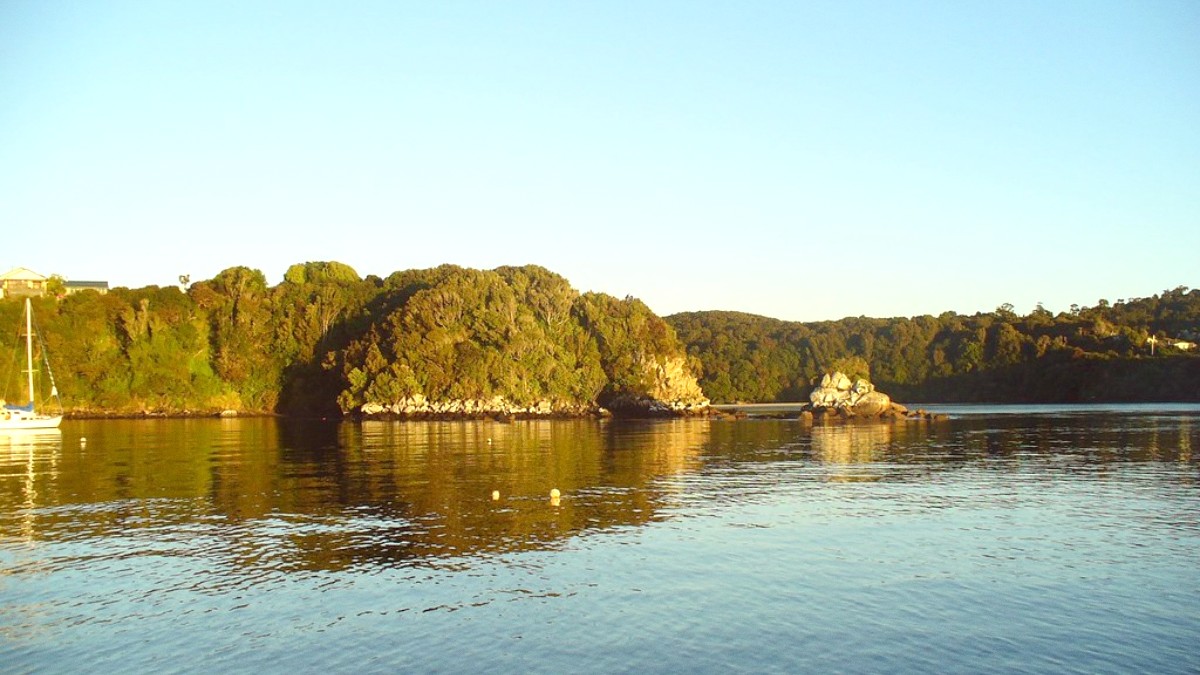
New Zealand
Here, the allure lies in genuine connection with nature, the opportunity to witness wildlife found nowhere else, and the warmth of a small, welcoming community. Visitors come to hike its famous tracks, spot kiwi in their natural habitat, and explore the pristine waters of Paterson Inlet. The island’s unique position at the bottom of the world creates long summer daylight hours and dark, clear winter nights, creating memorable natural displays, including the Southern Lights.
Stewart Island is a sanctuary for unique wildlife and pristine landscapes. Its diverse ecosystems are home to many endemic species.
The island's commitment to conservation preserves its untouched natural character, making it a truly special place for nature enthusiasts.
Stewart Island sits approximately 30 kilometers (19 miles) south of the South Island of New Zealand, separated by the Foveaux Strait. Its nearest mainland port is Bluff, a small town located at the southern tip of the South Island. The island covers an area of about 1,700 square kilometers (650 sq mi).
Over 85% of its land area is Rakiura National Park, New Zealand's newest national park, established in 2002. This national park designation protects the island's vast, largely unmodified temperate rainforests, peat bogs, and coastal ecosystems.
Mount Anglem (Hanakaoe) is the highest point at 980 meters (3,215 feet).
Vast, largely unmodified temperate rainforests and peat bogs.
Numerous smaller islands dot the waters around Stewart Island.
A prominent, predator-free bird sanctuary within Paterson Inlet.
National park status protects its unique environment.
Stewart Island's history intertwines deeply with both Māori and European narratives. Māori voyagers, led by figures like Rakaihautu, were the first to discover and settle the island, long before European arrival. They named it Rakiura, which translates to "the glowing skies," a name reflecting the spectacular sunrises, sunsets, and the aurora australis often visible from its shores. Māori used the island's abundant resources for sustenance, including birds, fish, and shellfish. Oral traditions and archaeological evidence confirm a strong and enduring Māori presence.
European contact began in the late 18th century with explorers like Captain James Cook. Whalers and sealers established temporary settlements in the early 19th century, drawn by the rich marine life. These early encounters marked the beginning of European commercial interest. Timber milling became a prominent industry, leading to more permanent European settlements, notably around Oban (Halfmoon Bay).
Fishing, especially for the prized blue cod and Bluff oysters, became the island's economic backbone and continues as a major activity. Throughout its history, Stewart Island remained relatively isolated, preserving much of its natural character.
The designation of Rakiura National Park highlights a modern commitment to protecting this unique environment for future generations. Today, the island's history is visible in its small museum, historic buildings, and the enduring connection of its residents to the sea and the land.
Stewart Island creates a blend of wild landscapes and understated charm. Here is a quick overview of what to expect:
Stewart Island truly represents a special corner of the world. Prepare to be enchanted by its glowing skies and abundant wildlife.
A large island with a small population. Most of the island is Rakiura National Park. Oban, the only settlement, is home to fewer than 400 permanent residents.
Rakiura National Park (for hiking and nature), Ulva Island (a predator-free bird sanctuary), and the chance to spot the Southern Brown Kiwi (Rakiura Tokoeka) in the wild.
Hiking, birdwatching, kiwi spotting tours, boat cruises, fishing, and enjoying the peace and quiet.
The island is reached by ferry from Bluff or a short flight from Invercargill. Weather is cool and temperate year-round, with frequent rain and wind. Prepare for all seasons in one day.